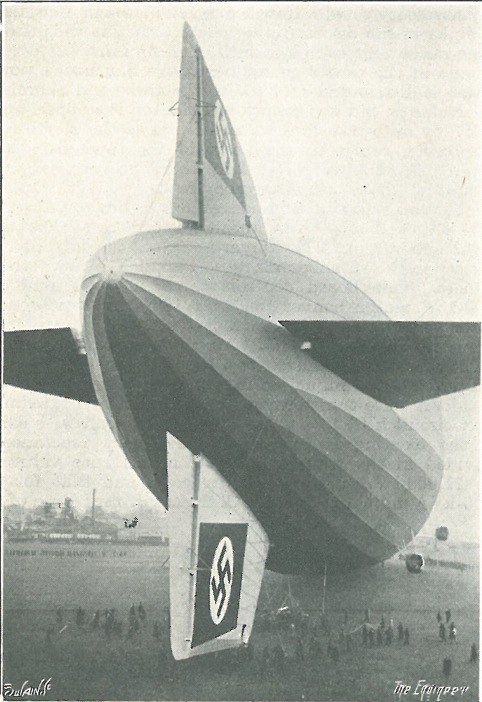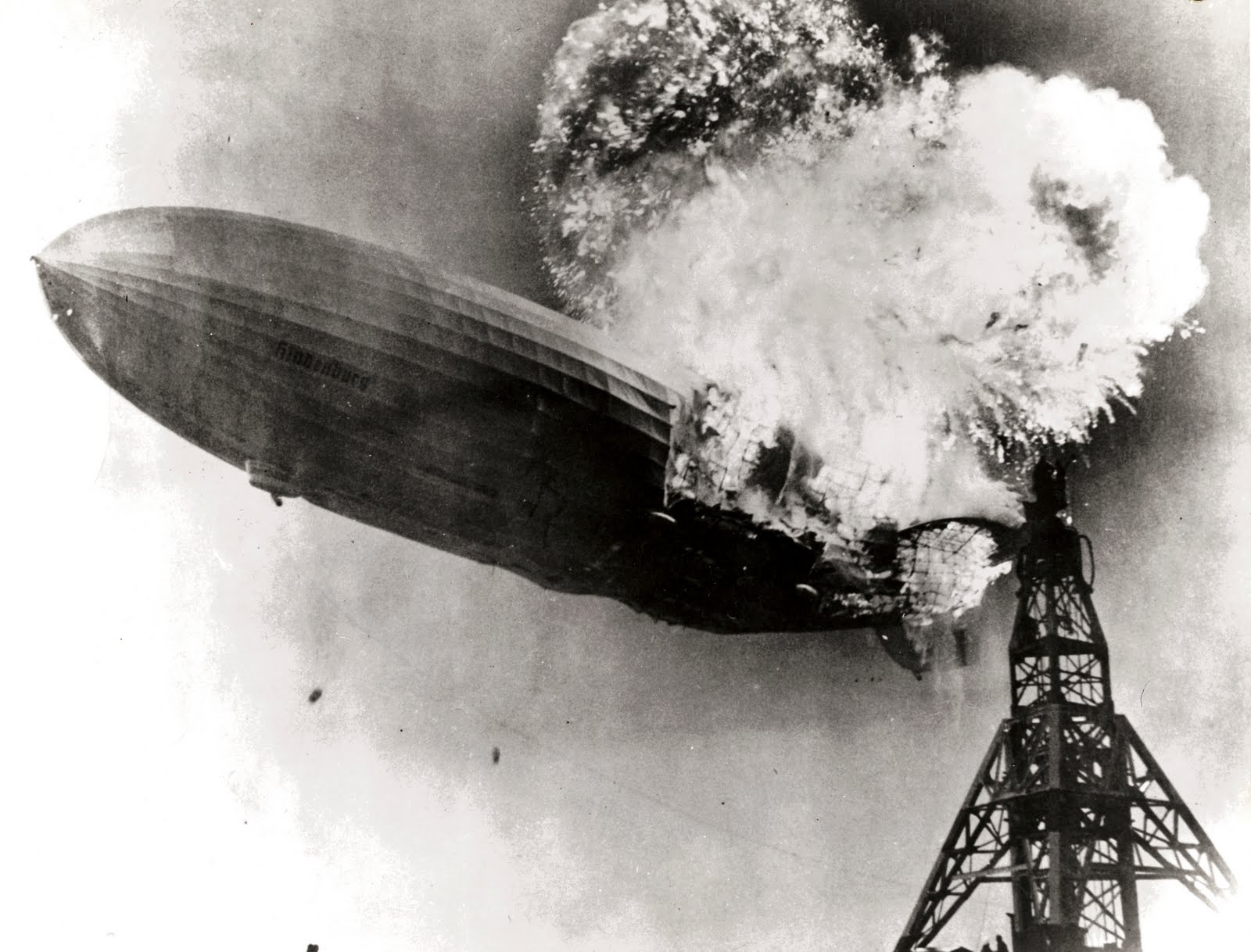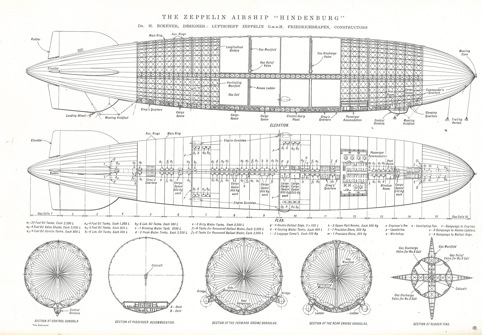From the ill-fated British R101, to more recent efforts to develop large airships for military reconnaissance The Engineer has long taken an interest in the engineering challenges of developing lighter-than-air vehicles.
But it’s the destruction of the German Hindenburg airship in May 1937, that prompted perhaps our most detailed coverage on this fascinating area of transportation.

On May 6th 1937, shortly after arriving in Lakehurst, New Jersey the Hindenburg caught fire and was destroyed whilst attempting to dock with its mooring mast. 35 of the 97 people on board lost their lives.
There’s little doubt that the accident shattered public confidence in airships, but the Engineer, which had recently returned from a trip to Germany to view the Hindenburg and its sister ship the LZ130, clearly felt that the industry would survive one of aviation’s most infamous accidents. ‘The loss of this fine example of lighter-than-air construction, at a time when British and American interest was again being aroused in the possibilities of a commercial North Atlantic airship service, and when the postal advantages of a two-day voyage between Frankfurt and New York were being recognised by all, will retard progress,’ wrote The Engineer, ‘but it will not stop the further perfecting of the design by Dr Eckener and his trained staff of workers on the building and operation of airships’

Rather than speculating on the cause of the accident - which today remains something of a mystery (different theories point to sabotage, a build up of static electricity and a lightning strike) - the article instead focuses on the design and construction of the huge German vessels, and is full of praise for the high engineering standards involved.
‘A few weeks ago, we were afforded an opportunity of inspecting the “L130” in her shed at Friedrichshafen and also paid a visit to the “Hindenburg: at the Frankfort-on-main airport. We were greatly impressed by the thorough way in which the problems of design have been worked out and embodied in the construction of the new ship and the way in which the arrangement for the operation and navigation of the ships have been perfected.’
Commenting on the detailed line drawings, which can be viewed in the accompanying archive scan, The Engineer wrote: ‘as our drawings show…an outstanding feature of the new design was the separation of the control gondola, which was placed below the front of the ship, from the passenger quarters which were arranged on two decks inside the hull of the ship. By this means, more space was made available for the use of the passengers…’

In a later issue (May 21st) The Engineer turns to the construction techniques used to build the airships, writing that ‘the new design incorporated the long established Zeppelin principles of construction, which include a braced light metal girder construction, with the internal space divided by rings, forming compartments in which the cells or bags for the lifting gas are housed.’




Poll: Should the UK’s railways be renationalised?
Rail passenger numbers declined from 1.27 million in 1946 to 735,000 in 1994 a fall of 42% over 49 years. In 2019 the last pre-Covid year the number...